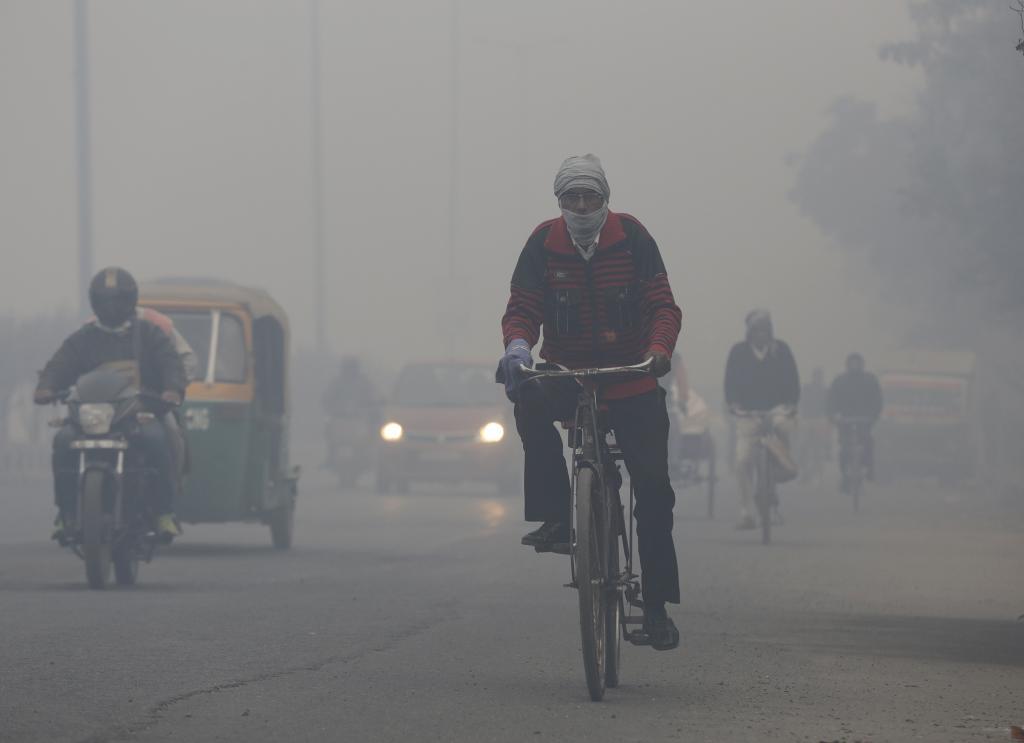

Union Government’s policy think-tank intends to bring down pollution contribution from major sectors



The Union government’s think-tank, Niti Aayog has released three reports drafted by its Task Forces on Biomass Management, Clean Fuel and Clean Transport under the CII-NITI Aayog Cleaner Air-Better Life initiative. The report on Clean Industry is expected soon.
The CII-NITI Aayog Cleaner Air-Better Life initiative was started in November, 2016, when Delhi was badly hit by smog during Diwali. Over the past couple of years, the task forces have consulted various stakeholders and gone through rounds of discussions and deliberations to come up with a roadmap that could potentially solve Delhi’s air quality crisis.
The reports have stressed on managing the air-quality of the Indo-Gangetic plain as a whole, rather than dealing with the National Capital Territory of Delhi as a separate geographical entity. The rationale behind this is that the entire plain witnesses high air pollution levels every winter.
In addition to sector-specific recommendations, the reports lay down a specific implementation timeline for prescribed recommendations and also identify authorities that would be responsible for timely execution of each activity.
Amitabh Kant, CEO, NITI-Aayog said that now that the roadmap had been laid, effective implementation would certainly yield positive results. On the issue of pollution caused due to crop burning, he referred to the central sector scheme that sets aside an amount of Rs 1,200 crore to solve the problem in a sustainable manner.
A K Mehta, Convenor, Special Task Force on Biomass Management mentioned that while funding for equipment and in-situ and ex-situ utilisation of crop-residue are needed to avert episodic Delhi’s air pollution, a massive change in the mindset of farmers is absolutely essential. The following are the recommendations that he touched upon:
As per the plan, the primary push for the current year would be identification of the most economic solution that would help reduce pollution. In addition to technical solutions to the problem of paddy straw burning, the report explains the need for strengthening of state level remote sensing to keep a track on crop burning cases.
The recommendations on better biomass management were followed by those included in the clean fuel task force report. Major recommendations include:
The Task Force on Clean Transport recommended the following:
A quick review of the report revealed that the implementation plan included only timelines for commencement of listed recommendations. It would be interesting to see what the completion deadlines of these recommendations look like.
We are a voice to you; you have been a support to us. Together we build journalism that is independent, credible and fearless. You can further help us by making a donation. This will mean a lot for our ability to bring you news, perspectives and analysis from the ground so that we can make change together.

Comments are moderated and will be published only after the site moderator’s approval. Please use a genuine email ID and provide your name. Selected comments may also be used in the ‘Letters’ section of the Down To Earth print edition.